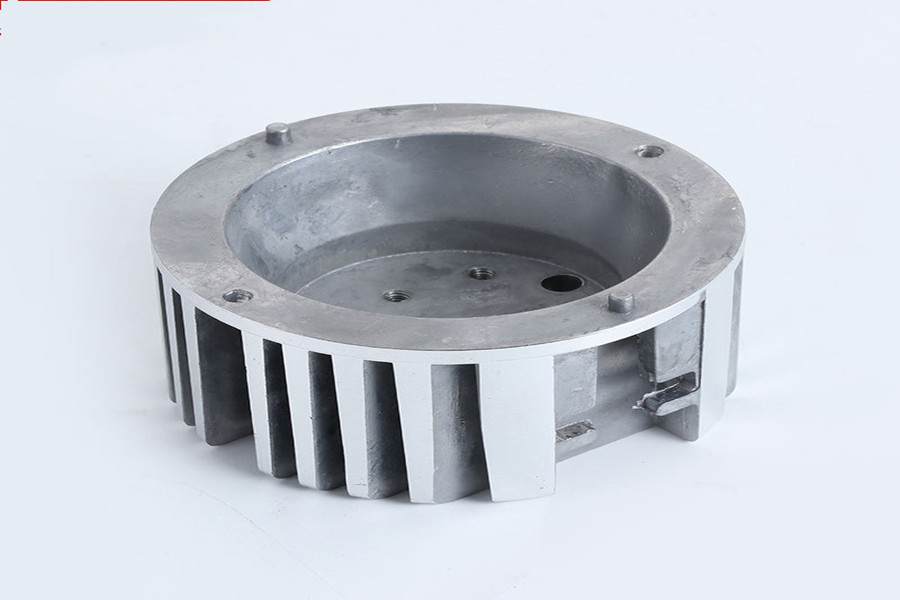Dreams are beautiful, but reality is cruel. If a small company, especially a small company in the early stage of starting a business, mechanically adopts the management model of a large company, it will not only lose the flexibility of the small company, but may also suffer from the disease of the large company. Such a small company decays before it gets old, and in the end it is inevitable that the dream will be broken and far away from the original intention.
What small companies need is a management model that suits their current development needs, rather than copying the management model of large companies.
A small company is small, but “the sparrow is small, but it has all the five internal organs” and has all kinds of organizational structures. Moreover, it is very common for small companies to fall into the disease of large enterprises. This is a very common phenomenon!
One of the characteristics: too many employees who don’t make money
The core purpose of the company’s operation is to obtain benefits and to ensure the company’s normal operation and long-term development; if a company always loses money or does not make money, it deviates from the original intention of the company.
Company employees are divided into two major categories: employees who make money and employees who do not make money.
The employees who make money mainly refer to our marketing personnel and R&D personnel. They belong to specific functional departments and create direct benefits for the company (especially marketing personnel).
The unprofitable employees mainly refer to our platform personnel, including administration, personnel, finance, logistics, etc. They escort the “frontline soldiers” and provide logistical support. They are part of the cost.
Every company needs to have these two types of employees, but these two types of employees must be maintained at a reasonable level. Especially: the company must ensure that the proportion of profitable employees is higher than that of non-profitable employees, otherwise the company will lose money, it is not profitable!
Many of our companies often inadvertently find that there are more and more non-profitable employees in their company, and the proportion of profitable employees is getting lower and lower, until one day they find that the company is running out of money!
Moreover, at that time, our company boss will also find two strange phenomena:
Every platform personnel (non-profitable employees) has a great role and is indispensable. I feel that without any platform personnel, the company will not be able to run; on the contrary, the profitable employees (marketers and R&D personnel) can replace them at any time. .

At first glance, the company has a lot of employees and talents are everywhere; when it comes to making money, when it is needed, there is no top employee!
At this time, in fact, our small company has fallen into the “big enterprise disease”! Advocate that the company organizes all departments of the company on one line through unified sales performance and goals, and all employees work hard for sales to enhance the sense of sales participation of each employee.
Feature 2: Over-management
Small companies, survival first, development second; first of all, they must ensure that they can survive and have the capital to survive, instead of talking about strengthening internal management and strengthening organizational structure all the time like large companies.
Large companies believe in “management yields benefits.” Many of our small and medium-sized company CEOs and leaders either come from large companies or blindly worship the “management model of large companies”. Therefore, in the daily operation process, they also copy large companies. The “management operation mode” of the enterprise strengthens internal management.
For example, asking marketers to fill in various reports and participate in various training exams every day, so that marketers do not have any time, energy, and mood to engage in real marketing work. Finally, at the end of the month, the performance is terribly bleak, and I look back to investigate the cause. The quality of marketing staff is too poor, training is not in place, and management needs to be strengthened vigorously. Finally, the company entered an endless loop! Another example: Let R&D personnel hold regular meetings every morning and evening, participate in various seminars or exchange meetings at any time, communicate learning experience or management experience, and finally turn our R&D personnel into “office directors”, read newspapers in the office every day, and learn about the latest Management experience.
All these are signs of “over-management” of small companies. On the surface, it looks like a small company is humbly learning from the “mature management model” of a large company, but in essence it hurts itself. What small companies need is a management model that suits their current development needs, rather than copying the management model of large companies. Too much management is more terrible than no management! It advocates establishing a new dialogue method between managers and executors based on data, and speeding up the elimination of traditional command methods.
Feature 3: The process is cumbersome and complicated
The biggest shortcoming of small companies is “small”, they do not have enough strength and capital; the biggest advantage of small companies is also “small”, “small boats can turn around”, quick and timely response, which is difficult for large companies to achieve.
However, in the real world, many of our small companies violate and abandon their “small” advantages, but “use their own shortcomings to attack the strengths of others”, and use the cumbersome and complicated things that they are least good at and should not do. Process to respond to the market and run your own company. This is the most pitiful and sad thing, but it is vividly interpreted in many of our small companies.
I have been in contact with a small and medium-sized company. The company has done ridiculous things in terms of process drafting and distribution: the company basically distributes the latest processes, systems, and documents every day, and requires employees to study and evaluate; After half a year, the company has accumulated more than 200 process documents with a thickness of 500 pages of A4 paper. Finally, employees don’t know how to “comply” the company system, because there are too many, and there is no key point!
Small companies are very afraid of this. Once the process of a small company becomes cumbersome and complicated, it means that the small company has lost the biggest reliance on the competitive market. Most of the company’s employees’ time will be consumed in these “internal processes”, rather than winning the market and winning returns! The use of CRM scientific and effective process management is mainly to improve team collaboration, and to better utilize the potential energy of each link and each position.
The process of a small company is cumbersome and complicated, and it also implies another meaning: that is, there are too many people on the company platform, too many employees who do not make money, “people are floating”; there are too many employees who do not make money, and they must also think about how to reflect themselves. Therefore, it is necessary to formulate rules and regulations of this kind to demonstrate their own value. As for whether these rules and regulations are conducive to marketing and the development of the company, they are not in their consideration.
Feature 4: The temptation of diversity
I have been in contact with some software companies, and the companies are very small. However, the “ambitions” of these small companies are not small. There are only 3 or 5 software developers. They dare to make all types of management software, whether it is financial management software, personnel management software, or shopping mall and supermarket management software. Or hotel management software…As long as the “requirements” put forward by customers, they can “complete them”!
This situation is very common in all industries. Small companies, “big energy”, dare to do everything and do everything. In fact, because these companies do not have focused resources and do not have their own core values, they are prone to bankruptcy or bankruptcy in market competition. As the saying goes, “a lesson from the past, a teacher from the future”, but in reality, there are still too many small and medium-sized companies that cannot bear the temptation of such diversification and are deeply involved in it.
A small company is a small company. Small companies should have “big ambitions”, but they must not immediately commit a “big enterprise disease”, especially if they don’t know about it, and they feel proud of it. This is even more terrifying!
Please keep the source and address of this article for reprinting: Small company’s large enterprise disease, four death symptoms kill small and medium foundry enterprises
Link to this article:four death symptoms kill small and medium foundry enterprises
Reprint Statement: If there are no special instructions, all articles on this site are original. Please indicate the source for reprinting:Mold Wiki,Thanks!^^












